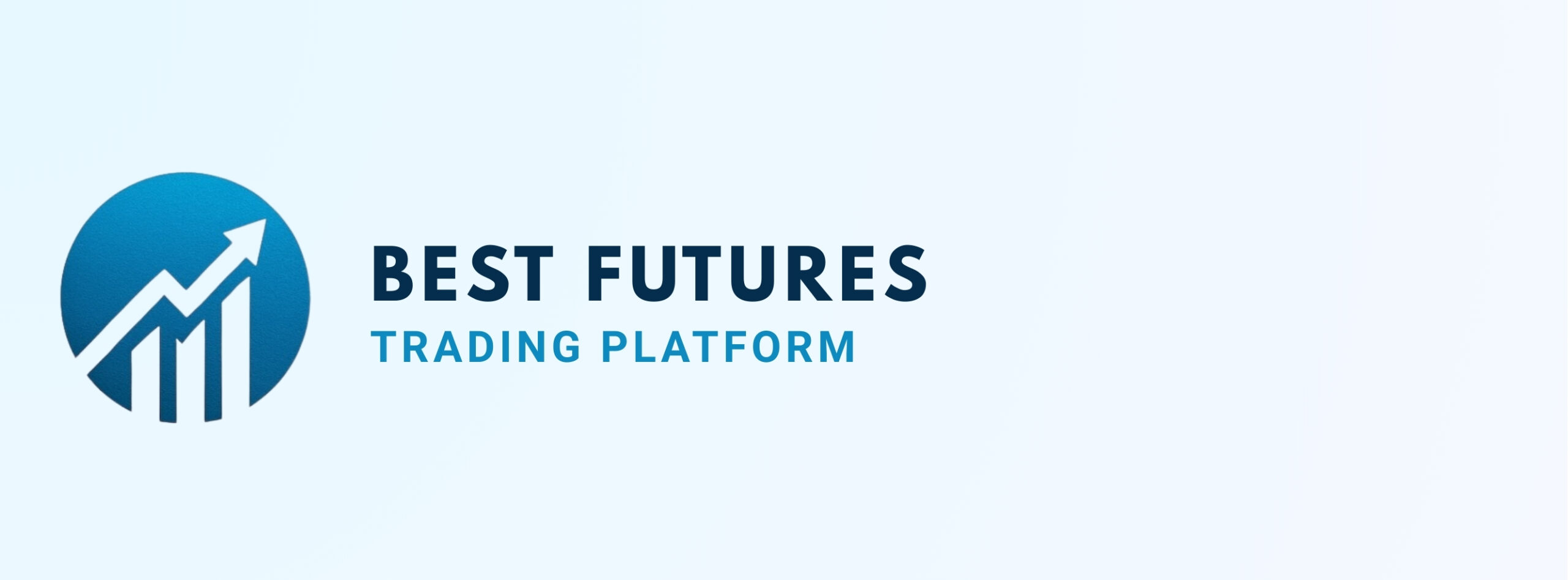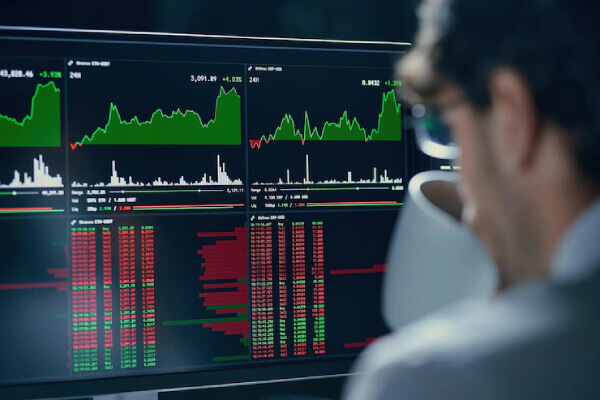Introduction
Learning how to trade futures can open up a world of opportunities for active traders. Futures contracts offer leverage, liquidity, and access to everything from stock indices and commodities to currencies and interest rates. But they also require discipline, strategy, and a clear understanding of the risks involved.
Today, futures markets are more accessible than ever. With Micro E-mini contracts, mobile execution platforms, and round-the-clock liquidity, both retail and institutional traders are embracing the futures market as a core part of their strategy.
This guide explains everything you need to know about how to trade futures — from understanding contracts and choosing a broker to building strategies, managing risk, and executing like a professional.
What Are Futures Contracts?
Futures are standardized agreements to buy or sell an underlying asset at a predetermined price on a specific future date. These contracts are traded on centralized exchanges (e.g., CME Group) and cover a wide range of asset classes, including:
- Indices: S&P 500, Nasdaq-100, Dow Jones
- Commodities: Gold, Oil, Natural Gas
- Currencies: Euro FX, British Pound, Yen
- Interest Rates: U.S. Treasuries, Eurodollar
Why Learn How to Trade Futures?
- Leverage – Trade large notional positions with limited capital. Example: a $1,200 margin can control $50,000+ in value.
- 23-Hour Market Access – Nearly continuous trading (Sunday–Friday).
- Diversification – Exposure to commodities, indices, rates, and FX.
- Transparent Pricing – Tight spreads, regulated markets.
Step 1: Understand the Futures Market
Key Concepts:
- Contract Size – Value of one contract
- Tick Size/Value – Minimum price increment × dollar value
- Expiration Cycle – Monthly/quarterly
- Settlement – Cash vs physical delivery
Step 2: Choose a Futures Broker
Look for a broker that offers regulated access, core CME instruments, flexible margins, DOM, robust charts, and competitive commissions.
| Broker/Platform | Best For | Features |
|---|---|---|
| StoneX | Institutional execution | Global reach, deep liquidity |
| Edgeclear | Retail scalpers | Direct CME access, transparent costs |
| Interactive Brokers | Multi-asset | API-driven, portfolio margin |
| NinjaTrader | Strategy/automation | Charting, DOM, backtesting |
| AMP Global | Discount commissions | Wide platform support |
See also: Best Futures Trading Platforms in 2025
Step 3: Select Your Market & Contract
| Market | Symbol | Contract | Margin (approx.) | Ideal For |
|---|---|---|---|---|
| S&P 500 | MES | Micro E-mini | $1,200 | Trend/swing traders |
| Nasdaq-100 | MNQ | Micro E-mini | $1,000 | Volatility scalpers |
| Crude Oil | MCL | Micro | $900 | Macro traders |
| Gold | MGC | Micro | $1,000 | Hedge/event strategies |
Step 4: Learn Core Futures Strategies
- 📈 Trend Following – EMA crossovers, momentum trades
- 🔄 Range Reversion – VWAP/volume profile fades
- 💥 Breakout – High volume + economic news triggers
- 🧲 Scalping – Quick 1–3 tick trades via DOM
See also: Futures Trading Strategies in 2025
Step 5: Understand Leverage & Risk
Example: MES at 4,800 ≈ $24,000 notional.
- Margin: ~$1,200
- Leverage: ~20:1
Risk Tips:
- Limit risk ≤ 1% of account per trade
- Always use stop-losses
- Target ≥ 2:1 reward-to-risk
- Avoid overtrading
Step 6: Learn How to Read a Futures Contract
Example: MESU25
- MES = Micro E-mini S&P 500
- U = September
- 25 = Year 2025
Also track: Open interest, volume, settlement price, and tick values.
Step 7: Time the Futures Market
- 9:30–11:30 AM ET – U.S. open (peak volume)
- 2:00–4:00 PM ET – Afternoon moves
- 8:00–9:15 AM ET – Economic releases
Step 8: Manage Expiry & Rollover
Each contract expires — traders must roll positions. Example: Close June MES → Buy September MES.
Sample Trade: Long Setup (MES)
| Entry | 4,780.00 |
|---|---|
| Stop | 4,777.50 (2.5 pts) |
| Target | 4,785.00 (5 pts) |
| Contracts | 2 × MES |
| Risk | 2.5 pts × $5 × 2 = $25 |
| Reward | 5 pts × $5 × 2 = $50 |
| R:R | 2:1 |
| Note | MES tick = 0.25 pts; values shown use $5/pt per contract. |
Glossary
- Futures Contract
- Agreement to buy/sell later at a set price.
- Tick
- Smallest price increment.
- Rollover
- Moving to next contract month.
- Initial Margin
- Capital required to enter a position.
- Maintenance Margin
- Minimum equity to keep position open.
- Settlement Price
- Daily closing mark for P/L.
- Stop-Loss
- Pre-set exit to cap risk.
Next Step
Compare leading futures brokers and platforms for your strategy and risk profile.
Explore ReviewsConclusion
Futures trading provides unmatched flexibility, liquidity, and leverage across global markets. From Micro contracts for beginners to institutional-sized trades, the principles outlined here prepare traders for consistent performance in 2025.
📍 Explore more at bestfuturestradingplatform.com/how-to-trade-futures

